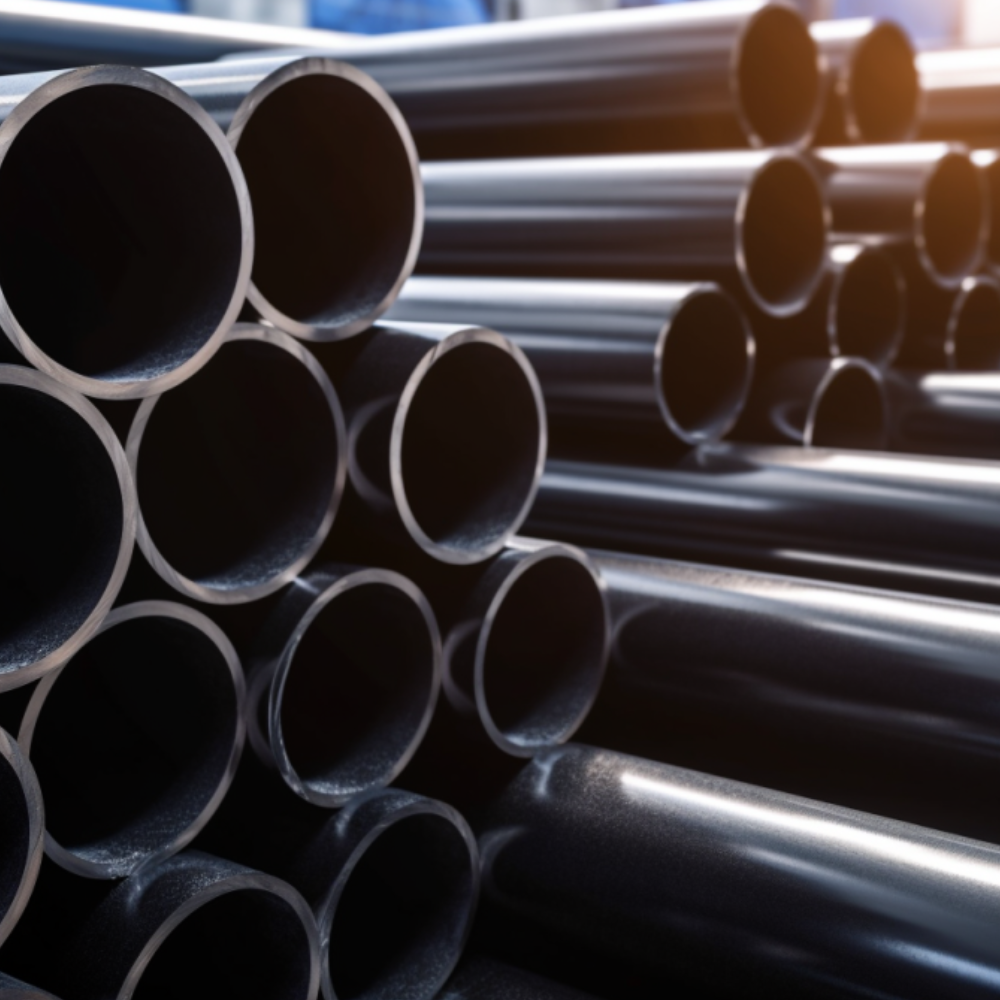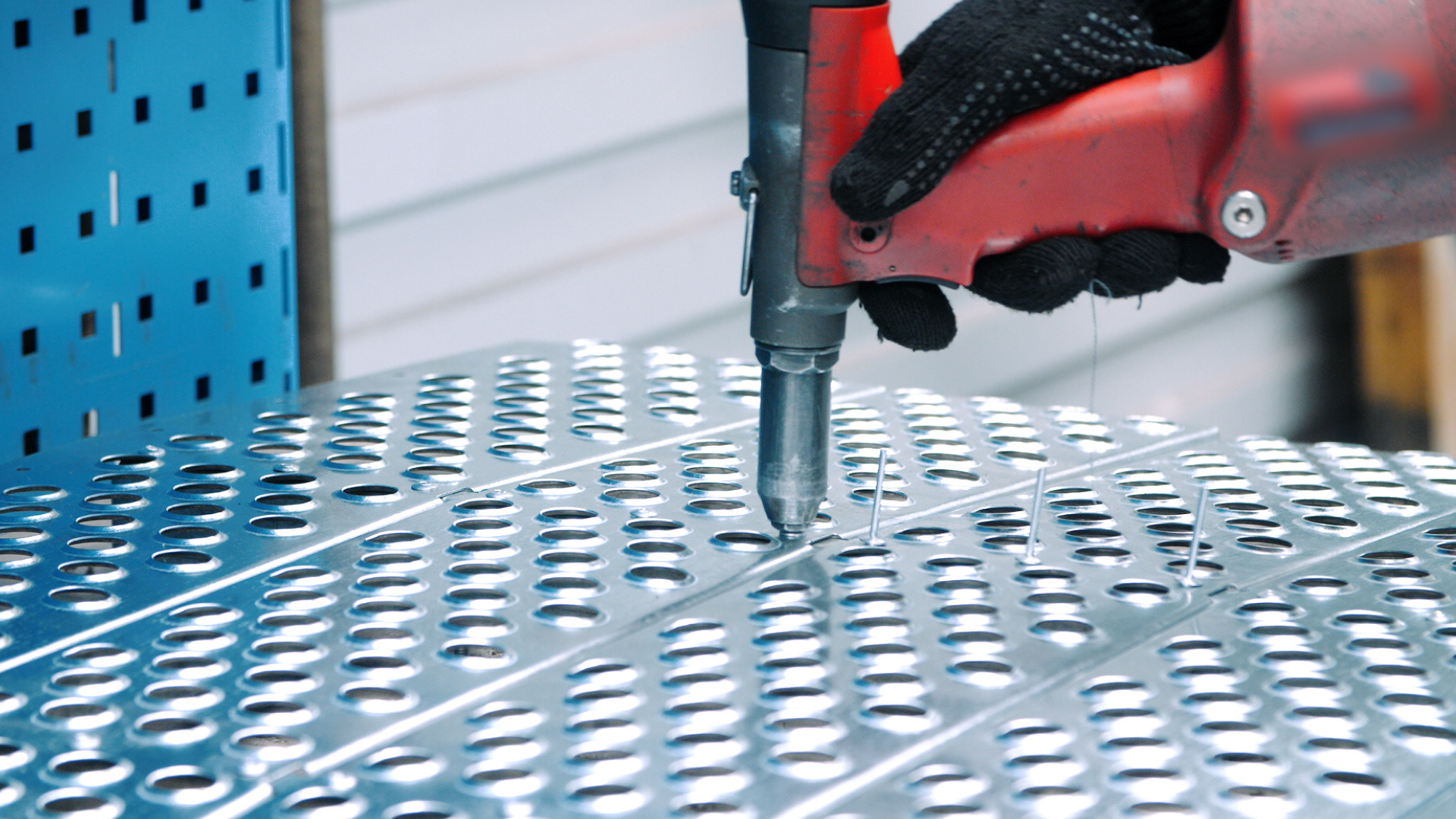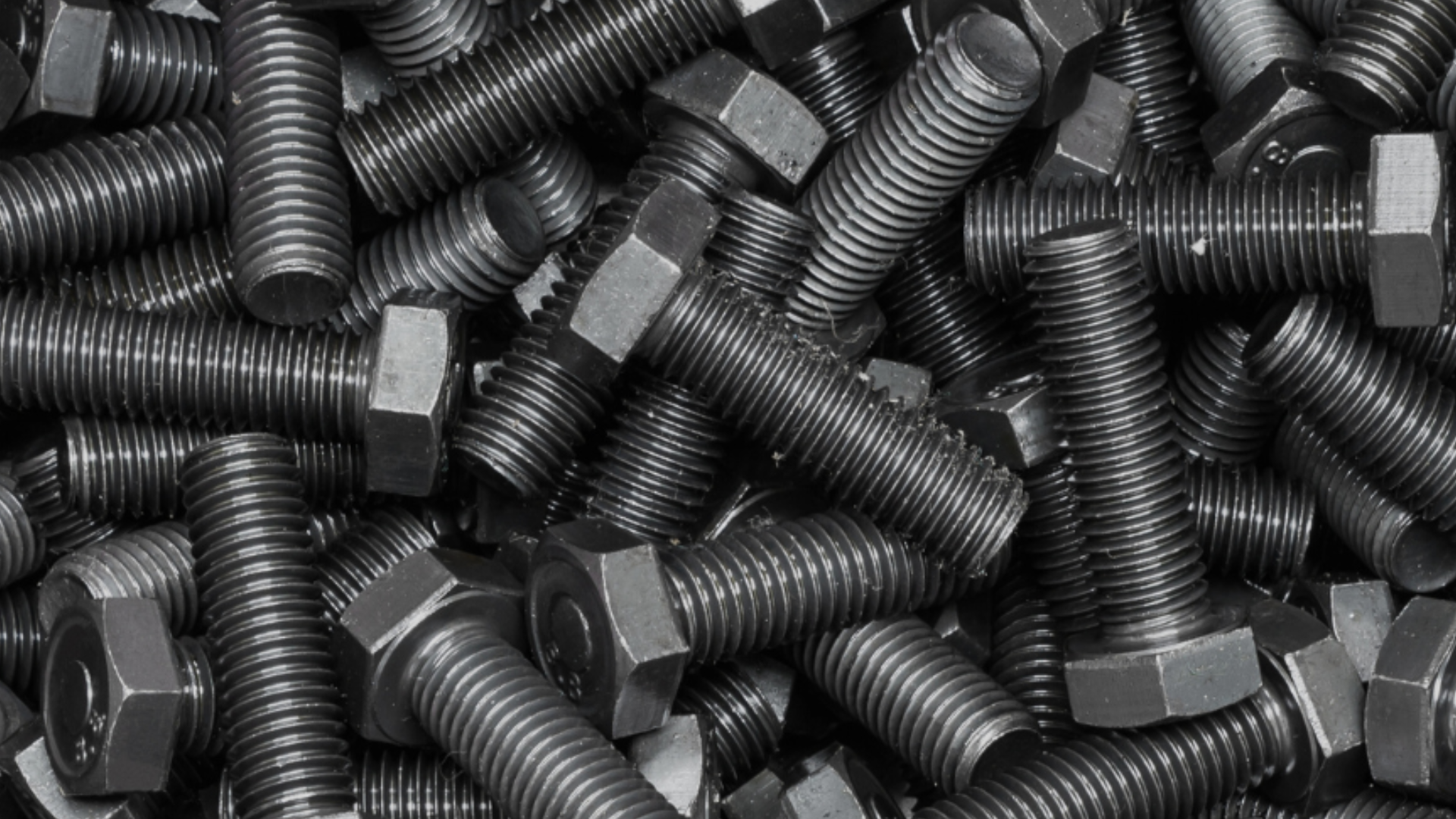Stainless steel, with its 304 meaning pivotal in the context of durability, strength, and corrosion resistance, is a widely used material in various industries. Among the different grades of stainless steel, 304 stands out as one of the most commonly utilized. In this article, we will delve into the meaning and significance of 304 stainless steel, exploring its composition, properties, applications, and more.
Table of Contents
304 Meaning: Exploring the Composition and Properties
What exactly does 304 stainless steel mean? Well, 304 refers to the grade of stainless steel, which is composed of 18% chromium and 8% nickel. This composition gives 304 stainless steel its excellent corrosion resistance, making it suitable for a wide range of applications, including food processing, pharmaceuticals, and architecture.
In addition to its corrosion resistance, 304 stainless steel also exhibits high strength, making it ideal for demanding environments. Its durability, coupled with its aesthetic appeal, has made 304 stainless steel a popular choice in both industrial and domestic settings.
Furthermore, the versatility of 304 stainless steel extends beyond its corrosion resistance and strength. This grade of stainless steel is also known for its ease of fabrication, allowing manufacturers to create intricate designs and structures with ease. Its weldability and formability make it a preferred material for various construction projects, where precise shaping and joining are essential.
Moreover, 304 stainless steel is highly resistant to a wide range of chemicals, making it a reliable choice for industries where exposure to corrosive substances is common. Its ability to maintain its integrity in harsh chemical environments adds to its appeal as a cost-effective and long-lasting material for critical applications.
304 Meaning: Comparing with Other Stainless Steel Grades
When discussing stainless steel, it is important to understand how 304 compares to other grades. One key distinction is between 304 and 316 stainless steel. While both offer excellent corrosion resistance, 316 stainless steel provides even greater resistance to chlorides, making it better suited for marine environments.
Furthermore, 304 stainless steel is often preferred over other lower-grade options, such as 201 stainless steel, due to its superior corrosion resistance and overall performance. Its composition and properties make 304 stainless steel a versatile and reliable choice in metal manufacturing.
304 Meaning: Historical Development and Adoption in Industries
The history of 304 stainless steel is rich, with its development dating back to the early 20th century. Its adoption in various industries quickly followed, owing to its exceptional properties and benefits.
Initially, 304 stainless steel found widespread use in the construction of aircraft and automotive parts. As industries faced the need for materials that could withstand harsh environments and offer longevity, the demand for 304 stainless steel grew exponentially.
Today, 304 stainless steel continues to play a crucial role in metal manufacturing, catering to diverse industries such as chemical processing, oil and gas, and even the food industry.
Applications and Industries Relying on 304 Stainless Steel
With its exceptional properties, 304 stainless steel finds extensive application across various industries. Let’s take a closer look at some of the key applications:
- 1. Food Processing: The hygienic nature of 304 stainless steel makes it a top choice for equipment used in food processing and storage. It ensures that food is kept safe from contamination, maintaining high standards of hygiene.
- 2. Pharmaceuticals: The chemical resistance and ease of sterilization of 304 stainless steel make it ideal for pharmaceutical equipment and machinery, where utmost cleanliness is essential.
- 3. Architecture: The aesthetic appeal and durability of 304 stainless steel make it popular in architectural applications, such as building facades, handrails, and decorative elements.
- 4. Chemical Processing: The corrosion resistance and high temperature tolerance of 304 stainless steel make it a reliable choice for equipment used in chemical processing.
- 5. Automotive: 304 stainless steel is used in the production of exhaust systems, heat exchangers, and other components, benefiting from its strength and resistance to corrosion.
These are just a few examples highlighting the widespread use of 304 stainless steel and its importance in various industries.
The Role of 304 Stainless Steel in Food Safety and Hygiene
Speaking of food safety, let’s dive deeper into why 304 stainless steel is the go-to choice for equipment in the food industry:
1. Corrosion Resistance: Food processing often involves exposure to corrosive substances. Thanks to its high chromium content, 304 stainless steel is highly resistant to corrosion, ensuring that it remains safe for contact with food.
2. Hygienic Surface: The smooth surface of 304 stainless steel prevents bacteria and other pathogens from adhering, promoting easy cleaning and minimizing the risk of contamination.
3. Easy Maintenance: 304 stainless steel is easy to clean and maintain, making it ideal for equipment where regular sanitation is necessary.
The use of 304 stainless steel in food processing equipment not only safeguards the integrity of the food but also ensures compliance with strict industry regulations and standards.
Welding and Forming Techniques for 304 Stainless Steel
Given its wide range of applications, it is important to understand the welding and forming techniques associated with 304 stainless steel.
Welding: 304 stainless steel can be readily welded using various techniques, such as gas metal arc welding (GMAW) and tungsten inert gas welding (TIG). However, it is crucial to use the appropriate filler material compatible with 304 stainless steel to maintain its corrosion resistance.
Forming: 304 stainless steel can be easily formed into different shapes and sizes using common techniques like bending, rolling, and deep drawing. When processing 304 stainless steel, it is important to consider its high work-hardening rate and use appropriate tools and lubrication to achieve desired results.
Corrosion Resistance: The Defining Feature of 304 Stainless Steel
One of the key reasons for the widespread use of 304 stainless steel is its exceptional corrosion resistance. This enables its application in corrosive environments where durability is paramount.
The corrosion resistance of 304 stainless steel is attributed to its high chromium content, which forms a protective oxide layer on the surface, preventing the metal from being attacked by corrosive agents. This oxide layer acts as a barrier, shielding the underlying metal from corrosion and extending the lifespan of the material.
Whether it’s exposure to moisture, chemicals, or harsh weather conditions, 304 stainless steel remains resilient, making it an ideal choice for numerous applications.
Maintenance and Care Tips for 304 Stainless Steel Products
To ensure the longevity and optimal performance of products made from 304 stainless steel, proper maintenance and care are crucial. Here are some essential tips:
- 1. Regular Cleaning: Clean 304 stainless steel surfaces regularly using mild detergent or specialized stainless steel cleaners. Avoid abrasive cleaners that could damage the protective oxide layer.
- 2. Avoid Contamination: Prevent exposure to corrosive substances or cleaning agents that could compromise the integrity of 304 stainless steel. Keep it free from contact with carbon steel or other metals that might cause galvanic corrosion.
- 3. Remove Rust: If rust spots appear on the surface, remove them promptly using a non-abrasive stainless steel cleaner or a mixture of vinegar and water.
- 4. Polish and Protect: Periodically apply a stainless steel polish or protective coating to maintain the shine and enhance the corrosion resistance.
By following these maintenance tips, 304 stainless steel products can retain their aesthetic appeal and functionality for years to come.
Future Trends: Innovations and Evolving Uses of 304 Stainless Steel
As technology continues to advance and industries seek more sustainable and efficient solutions, the future of 304 stainless steel looks promising. Here are some emerging trends:
1. Lightweight Applications: The high strength-to-weight ratio of 304 stainless steel makes it an attractive alternative to heavier materials in industries such as aerospace and automotive, contributing to improved fuel efficiency and reduced carbon footprint.
2. Advanced Surface Treatments: Ongoing research is focused on enhancing the surface properties of 304 stainless steel, such as improving its scratch resistance and anti-fingerprint characteristics, expanding its range of applications.
3. Sustainable Manufacturing: Efforts are underway to optimize the manufacturing process of 304 stainless steel, reducing energy consumption, water usage, and waste generation, in line with growing sustainability initiatives.
304 Stainless Steel Certification and Standards Compliance
When it comes to ensuring quality, certification and compliance with standards are paramount. Various organizations and agencies set specific requirements for stainless steel, including 304 stainless steel. Common certifications and standards include:
- 1. ASTM International: ASTM A240/A240M is the standard specification for chromium and chromium-nickel stainless steel plate, sheet, and strip used for pressure vessels and general applications, including 304 stainless steel.
- 2. European Norms: EN 10088-1 and EN 10088-2 are European standards that specify the properties of stainless steel, including 304 stainless steel, for different applications and industries.
- 3. International Organization for Standardization (ISO): ISO has established various standards relating to stainless steel, including ISO 15510, which defines the chemical composition of stainless steels, including 304 stainless steel.
Ensuring compliance with these certifications and standards is vital to maintaining product quality and meeting customer expectations.
Conclusion
In conclusion, the significance of 304 stainless steel in metal manufacturing cannot be overstated. Its composition, properties, and exceptional corrosion resistance make it a reliable and versatile choice across various industries. Whether it’s ensuring food safety, withstanding corrosive environments, or meeting high aesthetic standards, 304 stainless steel continues to play a vital role in modern manufacturing processes. As technology advances and sustainability becomes increasingly important, we can expect further innovation and evolution in the use of this remarkable stainless steel grade.
At the heart of modern metal manufacturing’s evolution, TDH Manufacturing stands as a testament to innovation, reliability, and unwavering commitment to customer satisfaction. Specializing in high-volume production, TDH Manufacturing has earned a reputation as one of the industry’s most dependable companies, ensuring that each project, regardless of scale, is executed with precision and excellence.



